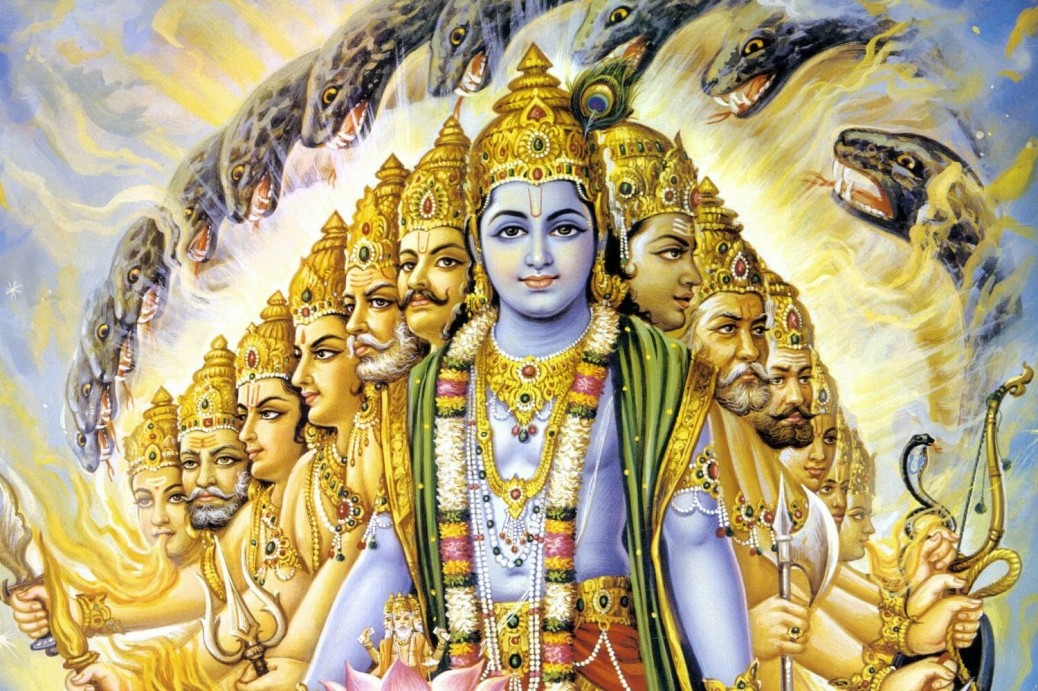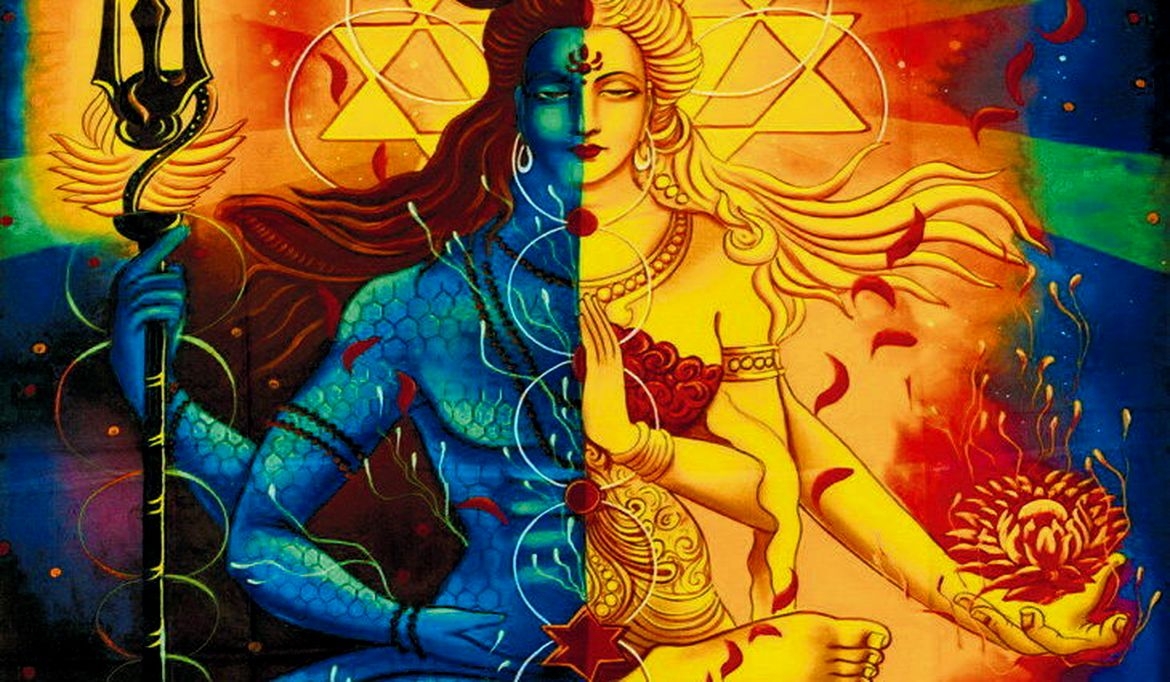Rhythmic Response – In Gita Verse 1.16-18 King Yudhiṣṭhira, the son of Kuntī, blew his conch shell, the Ananta-vijaya, and Nakula and Sahadeva blew the Sughoṣa and Maṇipuṣpaka. That great archer the King of Kāśī, the great fighter Śikhaṇḍī, Dhṛṣṭadyumna, Virāṭa, the unconquerable Sātyaki, Drupada, the sons of Draupadī, and others, O King, such as the mighty-armed son of Subhadrā, all blew their respective conch shells.
Enthusiasm and participation form the foundation of unity.
Enthusiasm involves maintaining a childlike curiosity and a continuous desire to learn. Being like a child means remaining open to learning and not becoming complacent with existing knowledge. Learning is a dynamic and ongoing process, distinct from static knowledge. Children, for example, can easily learn multiple languages if exposed to them, as they approach learning with an open and flexible mindset.
To be like a child is to be total in one’s approach. It is essential to remain a learner, operating from a state of not-knowing, which embodies innocence. A child inherently trusts their surroundings and the people around them, which is crucial for their survival. This absolute trust, devoid of fear and doubt, is a key quality to emulate.
Adopting a childlike approach to learning is the first step towards genuine participation. True participation is achieved through collective effort, fostering teamwork as a precursor to engaging in the broader spectrum of life and existence. By working in unity, we establish a collective identity and purpose, which are essential for meaningful participation.
Creativity lies at the heart of participation. As God is the ultimate creator, our only prayer should be to engage in creative acts. Through creativity, we partake in the divine process of creation, connecting with the divine aspect of existence. Participation transcends passive observation; it demands active engagement and contribution, allowing us to experience the profound mystery of life. While creating art, music, or poetry holds significance, the ultimate act of participation is the creation and evolution of oneself and one’s consciousness.
Engaging in creative endeavors requires more than mere observation; it necessitates immersion in the process and meaningful contribution. This active engagement enables us to experience the profound mystery of existence. Each creative act, whether it be art, music, or poetry, brings us closer to understanding our role within the grand design. However, the most profound form of participation is the continuous creation and evolution of ourselves and our consciousness. By doing so, we honor the divine act of creation and elevate our existence to a higher plane of understanding and fulfillment.
Zen philosophy underscores the importance of participation with the universe. Engaging with the natural world – observing the transition from night to day, the appearance of stars, or the movement of clouds – enhances our sense of unity with existence. Making participation a lifestyle transforms the universe into a source of joy and ecstasy beyond imagination.
Embracing a childlike approach to learning and fostering creativity are fundamental to true participation. By actively engaging and contributing, we connect with the divine process of creation and elevate our understanding and fulfillment. Zen philosophy further enriches this perspective by encouraging us to engage with the natural world, enhancing our unity with existence. Making participation a lifestyle not only honors the divine but also transforms our experience of the universe into one of profound joy and ecstasy.
Everyone has the opportunity to contribute to something greater through participation. By working together, we create something more beautiful and meaningful than we could achieve individually. Our collective participation not only nourishes us but also adds value to the whole.
Understanding the dynamics between the Pandavas and the Kauravas necessitates a clear distinction between rhythm and chaos. The Kauravas’ approach was inherently chaotic, characterised by impulsive actions and unrestrained excitement. This lack of structure often led to disarray, undermining their strategic effectiveness. In stark contrast, the Pandavas exhibited a rhythmic response, marked by a well-coordinated and harmonious effort. Their unity and collective strength were evident in their ability to act in concert, ensuring that their actions were both deliberate and adaptable.
The Pandavas’ strategy was not only fluid but also highly responsive to changing circumstances. This adaptability was underpinned by the unwavering support each member extended to whoever took the lead at any given moment. Their cohesive approach highlighted their resilience and strategic acumen, setting them apart from their adversaries. The Pandavas’ strength lay in their unity and mutual participation, enabling them to seamlessly adjust to the demands of any situation. This harmonious coordination underscored their superiority in both strategy and execution.
Tags: Rhythmic Response




